
90 percent of the energy in the United States comes from burning fossil fuels. Earth has been changing for billions of years. Part of this change includes the changes in climate, which are sometimes subtle — but recently have been quite dramatic. Today’s changes have a distinct difference from historic changes: humans. The impact that industrialization has had on Earth over the last couple centuries has sped up these changes in drastic ways. Everyday actions (like turning on a light in your home or driving a car) require energy, and 90 percent of the energy in the United States comes from burning fossil fuels such as coal and oil. The burning of fossil fuels releases various gases into the atmosphere. These gases accumulate and some act to form a thermal barrier, trapping reflected solar heat at Earth’s surface. This warms our planet, impacting weather and precipitation patterns we have come to depend on. 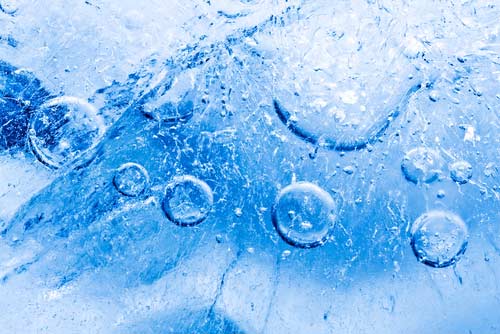
Air bubbles trapped in ice contain traces of carbon dioxide. Scientists have observed the climate is changing in many ways — through more intense weather events, rising temperatures across the globe, shrinking ice sheets and glaciers, and rising levels of carbon dioxide. By studying air bubbles trapped in ice, scientists can determine how much carbon dioxide was in the air when the ice was formed. Even further, they can identify the type of carbon dioxide by studying its unique signature, or "isotopes". This signature tells scientists whether the carbon dioxide is from a natural process or from the burning of fossil fuels (like the gas we use in our cars). Researchers from the National Snow and Ice Data Center (NSIDC) also use data on the size and volume of sea ice and glaciers to calculate where the ice is thinning and how vulnerable it is to further melting. 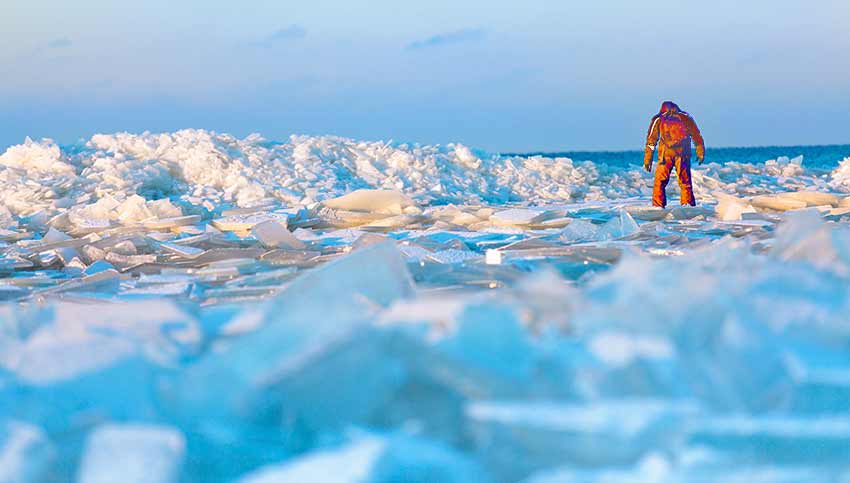
A researcher walks along an icy beach. In the Southwest deserts, historic temperature readings and data, such as streamflows, help determine how the climate has changed. These real world measurements coupled with computer models help make predictions about what the future may hold for our climate. Global Effects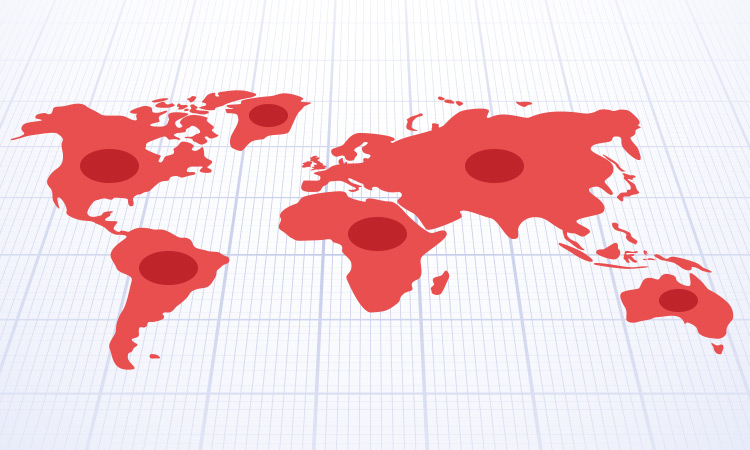 Beginning in 2004, climate change became one of the top science stories in the media and continues to be trending today with thousands of research publications on the subject from 2005-2015 in North America alone. Research indicates that climate change impacts glaciers and ice caps, water sources, sea levels, both terrestrial and marine ecosystems, as well human health and economics. References
Regional Effects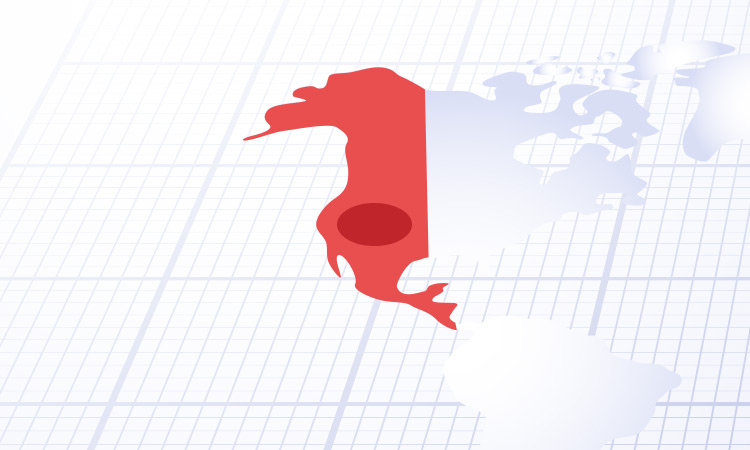 Both water demands and water availability from the Colorado River watershed over the next several decades are uncertain. Many driving factors such as streamflow, climate, watershed conditions, municipal populations and distributions, conservation, agricultural use, public lands, water use for energy production, and water quality will influence water availability across the Colorado River states and create an unpredictable future. The role of conservation techniques, recycling and water transfer will continue to be of utmost importance in the future. References
Local Effects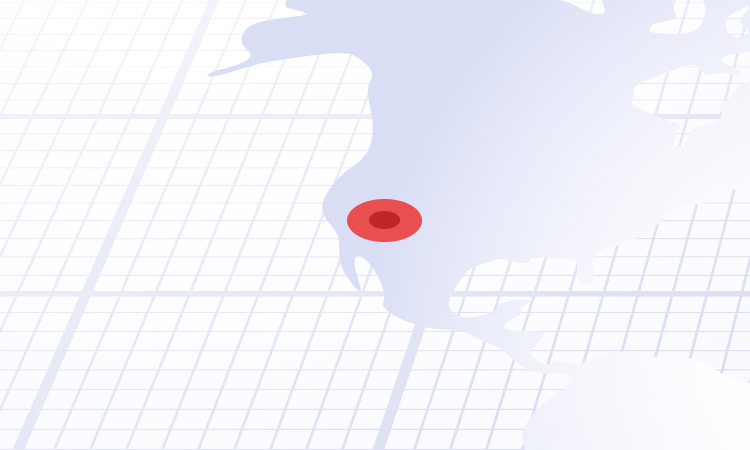 As communities like Las Vegas become more urbanized, roads, parking lots and buildings have caused an Urban Heat Island (UHI) — a warming of urban areas. This, coupled with forecasts of drier weather and our continued population growth, will challenge what our urban environment can withstand. 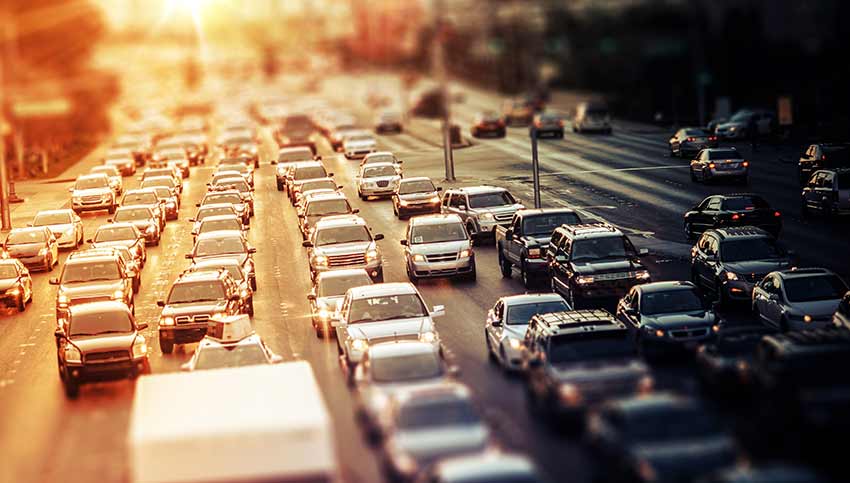
The temperature difference in a UHI is usually more apparent in the evening and when there is minimal wind. References
|
Last updated: April 4, 2017
